Mosque Name: Siraf Friday Mosque
Country: Iran
Year of construction (AD): 9th century
GPS: 27.667298 52.335089
ArchNet: https://archnet.org/sites/3856
Gibson Classification: Mecca
For a Link to the Qibla Tool Click Here
Description
Located near the shore on the Iranian coast of the Persian gulf in the port city of Siraf, the Friday Mosque of Siraf dates from the early to mid-ninth century and is a very early example of Islamic architecture in Iran. Only ruins survive today, and most information about its architectural elements comes from the excavations undertaken between 1966 and 1973 by the British Institute of Persian Studies, under the direction of archaeologist David Whitehouse. Many other architecturally similar mosques were excavated near the site, but the Friday Mosque of Siraf is the largest of them. It is a congregational mosque arranged within a rectilinear box set on a 2-meter-high podium. Its interior is simply articulated by rows of columns and a central courtyard. Its proportions are considerably large in comparison to other mosques of the time; when complete, its square footprint was 55 meters long.
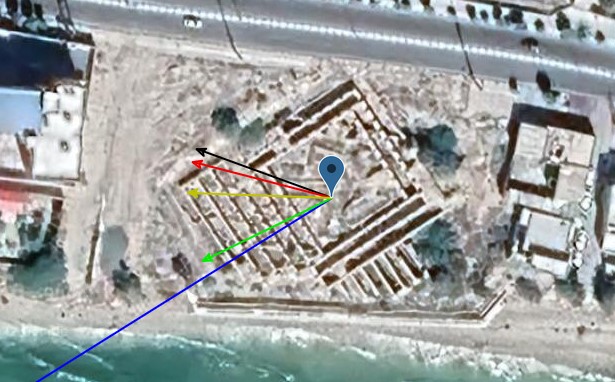
The Mosque Qibla
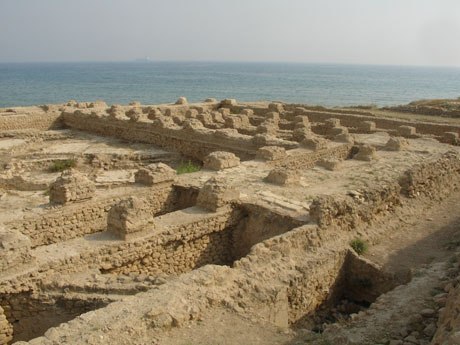
Siraf Mosque Ruins
Excavation History
Taken from Archnet.org (https://archnet.org/sites/3856)
The excavations revealed many construction phases, with two or three more prominent periods of construction. At the end of the first construction phase, the mosque walls enclosed an area 51 meters deep by 44 meters wide atop the aforementioned 2-meter-high platform. Within these were three arcades parallel to the qibla wall that made up the prayer hall, and one arcade on the other three sides surrounding the courtyard, which had a well at its center. The mihrab was simply articulated as a rectangular niche at the centre of the qibla wall.
Oriented in the direction of Mecca, the entrance at the center of the northeastern wall was accessed by a stairway; a minaret was located to its left. A square masonry base, 3.8 meters long, still remains, presumably in its original position. Beyond and parallel to the entrance was a single bay arcade followed by a courtyard, also with a single bay arcade at each of the sides. To the southwest were three bays that provided the space for the prayer hall. This first construction phase has been dated to the beginning of the ninth century, at which time the mihrab was simply a niche in the qibla wall.
A second construction phase took place around the end of the first quarter of the ninth century. At this time, the qibla wall of the mosque was demolished, the sanctuary area was extended by one bay, and the qibla wall was rebuilt. The mihrab was articulated as a rectangular niche at its center and expressed on the exterior by a corresponding rectangular projection. During this construction phase another arcade was added along the perimeter of the courtyard. With this addition, the courtyard was reduced by the thickness of one bay on all but the entrance sides, and the two perpendicular sides of the courtyard now consisted of double arcades, while the sanctuary was five bays deep.
At some point after this second construction phase a cistern was built on the eastern corner of the courtyard and ablution facilities were added to the side of the exterior east corner. During this third construction phase the sanctuary was also extended. The four wall-to-wall existing bays parallel to the qibla wall were extended 11 meters to the southeast, and six short bays were added to the east, connecting the new wall to the location where the old wall stood. Rather than continuing the bays to complete a square enclosure, a rectangular cutout was maintained where the ablution facility stood. At the platform level this extension provided extra space for worship, while underneath it, at street level, were eleven rooms that could be entered from the adjacent bazaar. The bazaar is believed to have surrounded the mosque on all sides but the qibla. This was perhaps the last of the major construction phases of the mosque, leaving the entire complex measuring approximately 55 meters along its sides.
Although an early thirteenth-century description attributes wooden columns to the mosque, the scarcity of wood in the region makes this unlikely. For the most part, the walls of the mosque were made of rubble bonded with gypsum mortar and faced with courses of rectangular blocks of stone. The arcades were made up of piers which were themselves composed of 0.9 - 1.1 meter square bases approximately 0.7 meters tall; their cylindrical shafts were 0.84 to 0.96 meters in diameter, and their imposts were 0.8 meters deep and 1.03 meters long. Excavations have concluded that there were no vaults or domes, and that the flat roof was made of palm matting and plaster. The courtyard and the porticos were paved throughout with sandstone blocks.
The existence of the mosque’s 2-meter-high platform may be practical rather than symbolic; a fort had already existed on the site, as had several other buildings. Archaeologists conclude that the builders of the mosque may have therefore found it expedient to build a platform suspended above the remnants of these structures, rather than clearing and leveling the site.
The mosque was restored in the twelfth century, albeit not extensively. It is also noteworthy that among the many smaller mosques also found at the site, all have rectangular protrusions on the exterior of their qibla walls, implying that their mihrabs were articulated in the same manner as the one at the larger Friday Mosque.
The Cultural Heritage Organization of Bushehr province has recently announced its plan to propose to UNESCO that the archeological sites at Siraf be included on the World Heritage List.
References:
Whitehouse, David, 1968. “Excavations at Sīrāf: First Interim Report”, Iran 6: 1-22. https://www.tandfonline.com/doi/abs/10.1080/05786967.1968.11834436
Whitehouse, David, 1969. “Excavations at Sīrāf: Second Interim Report”, Iran 7: 39-62. https://www.tandfonline.com/doi/abs/10.1080/05786967.1969.11834772
Whitehouse, David, 1971. “Excavations at Sīrāf: Fourth Interim Report”, Iran 9: 1-17. https://www.tandfonline.com/doi/abs/10.1080/05786967.1971.11834801
Whitehouse, David, 1973. “Chinese Stoneware from Siraf: The Earliest Finds”, in: Norman Hammond (ed.), South Asian Archaeology: Papers from the First International Conference of South Asian Archaeologists Held in the University of Cambridge, New Jersey: Noyes Press, 241-255.
Priestman, Seth M.N., 2011. “Opaque Glazed Wares: The Definition, Dating and Distribution of a Key Iraqi Ceramic Export in the Abbasid Period”, Iran 49: 89-113. https://www.tandfonline.com/doi/abs/10.1080⁄05786967.2011.11834431
Creswell, K.A.C. A Short Account of Early Muslim Architecture,346-347, 349,414. Aldershot, UK: Scolar Press. 1989
Michell, George (ed.). Architecture of the Islamic World: Its History and Social Meaning, 101. New York, N.Y. : Thames and Hudson,. 1984
O’Kane, Bernard. Studies in Persian Art and Architecture,120-121. Cairo: The American University of Cairo Press, 1995
Petersen, Andrew. Dictionary of Islamic Architecture,261. London: Routledge, 1996.
Whitehouse, David. The Congregational Mosque and other Mosques from the Ninth to the Twelfth Centuries. London: The British Institute of Persian Studies, 1980.
“Siraf Resembles Venice.” Jun. 30th, 2004. Iran, Daily Newspaper Website. http://www.netiran.com/?fn=artd(1586). [Accessed June 8, 2005]; inaccessible July 10, 2014.


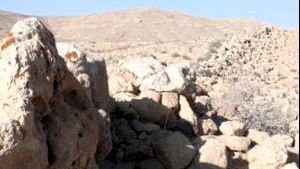

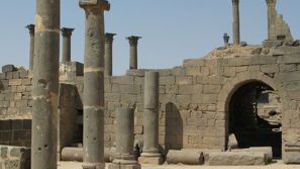
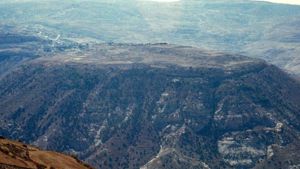
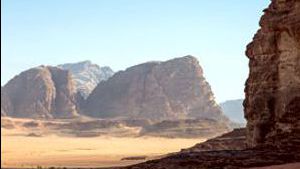
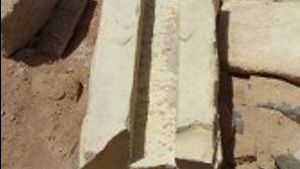
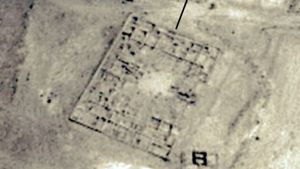
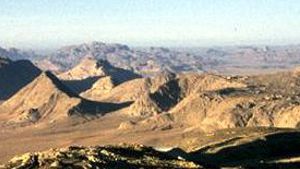
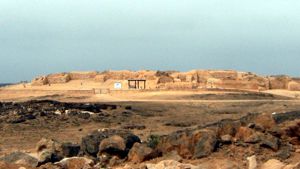
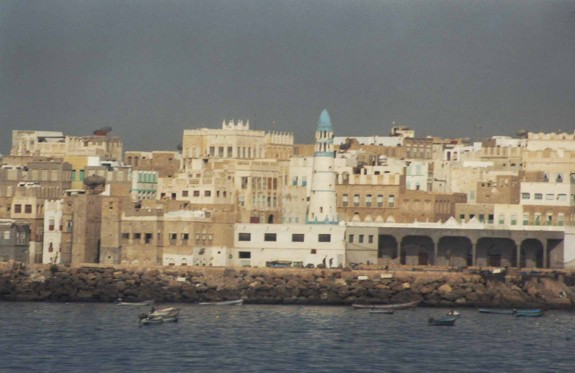
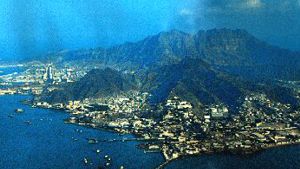
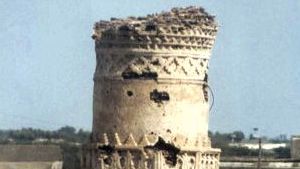
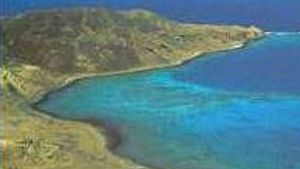
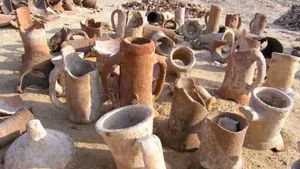
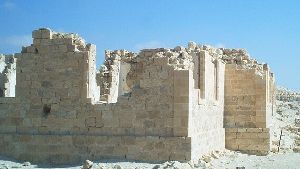
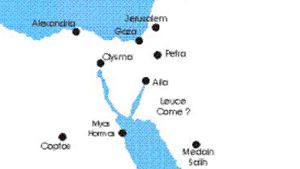
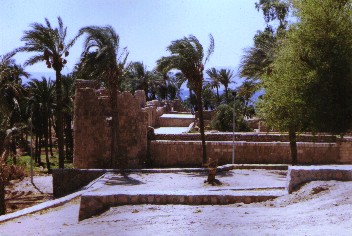
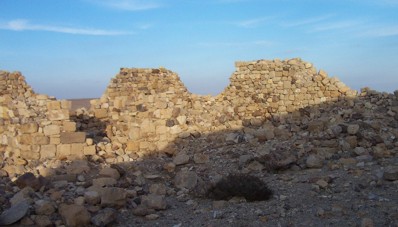
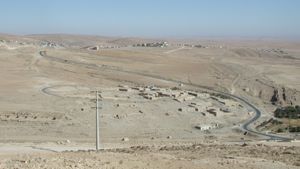
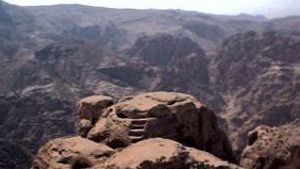
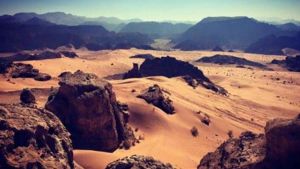
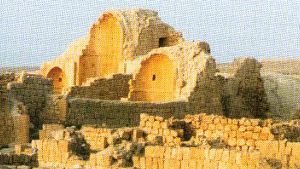
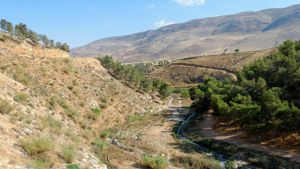
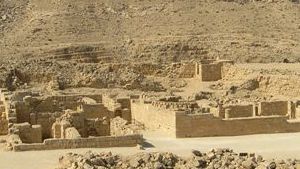
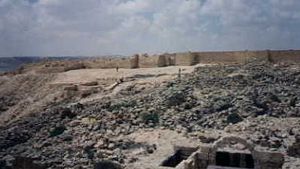
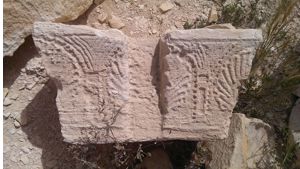

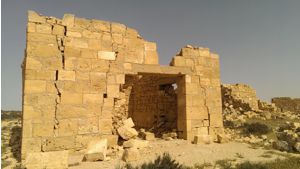
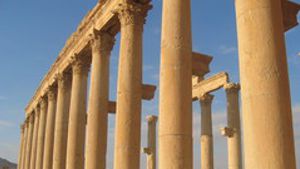
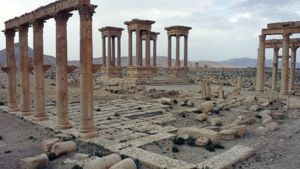

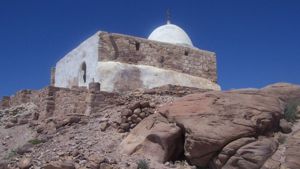
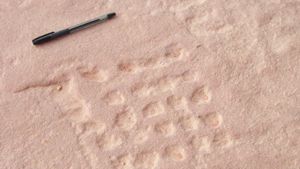

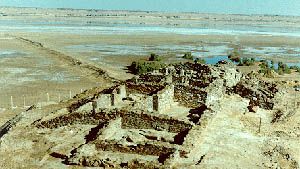
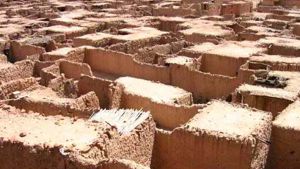
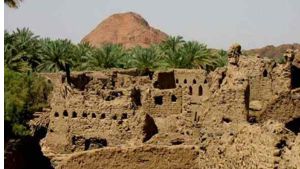
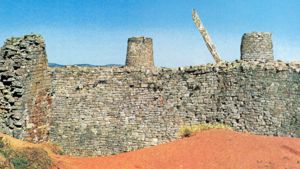
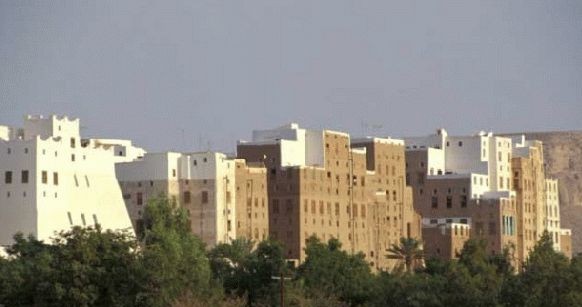
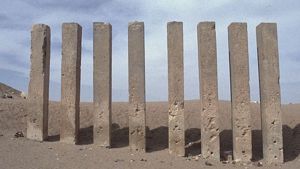
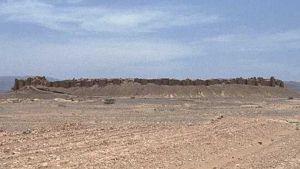
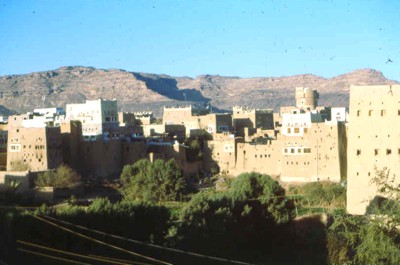
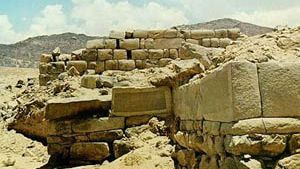

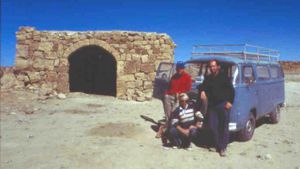
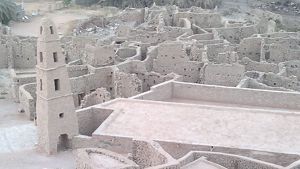
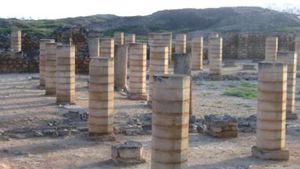
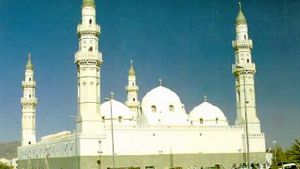
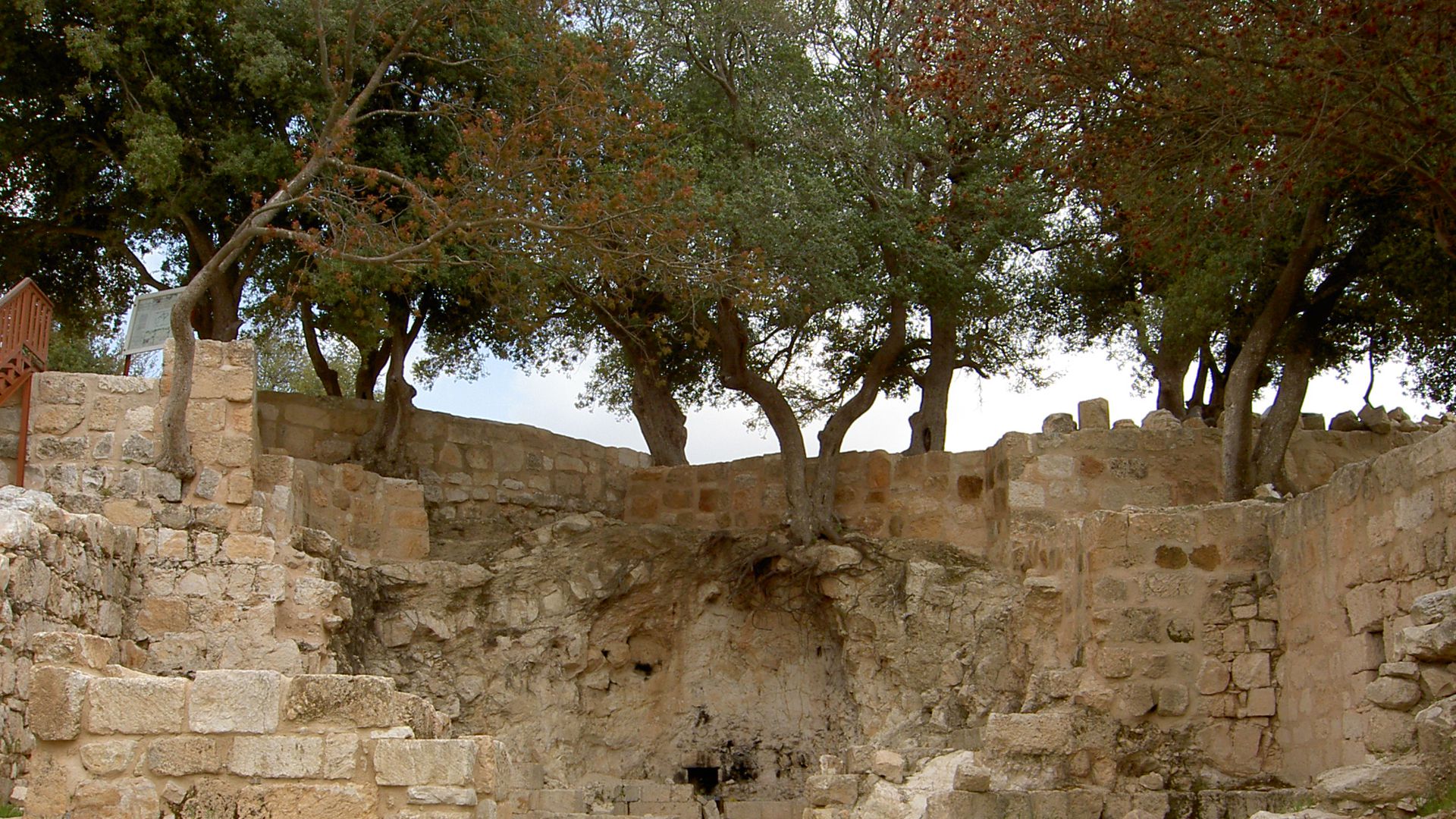
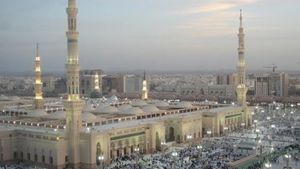
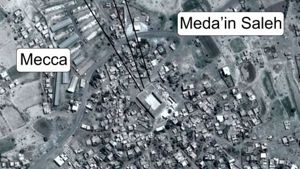
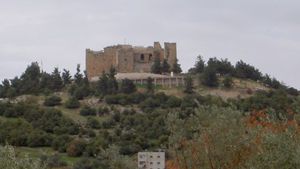
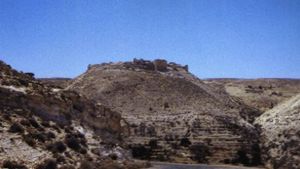
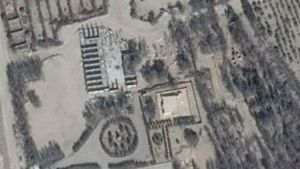
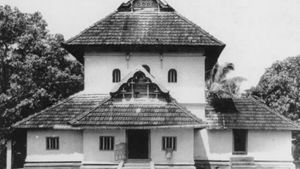
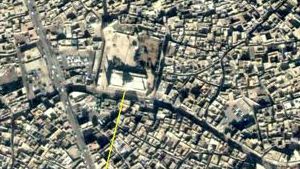
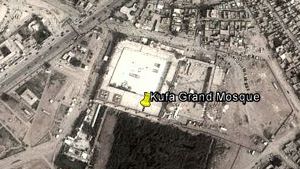
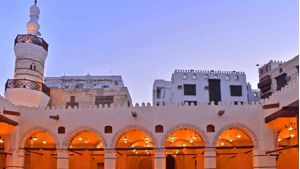
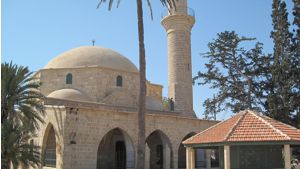

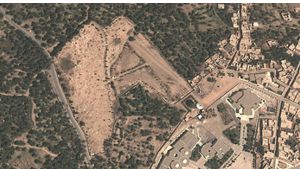
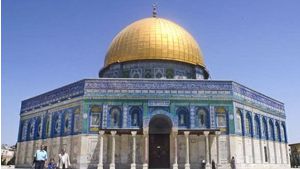
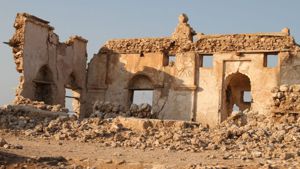
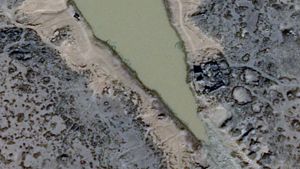
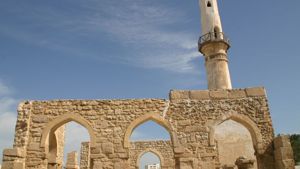
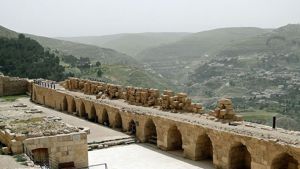
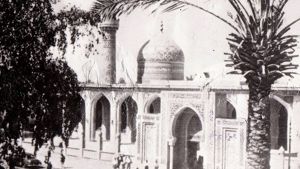
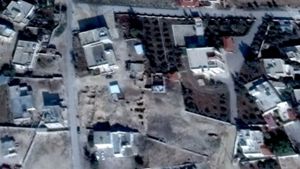
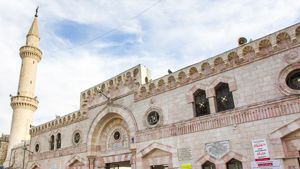
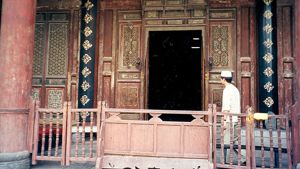
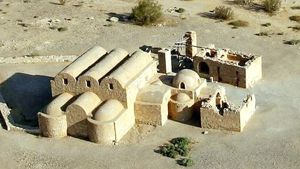
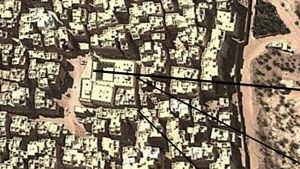
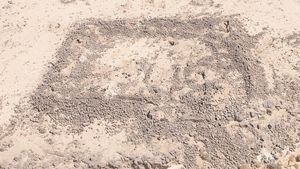
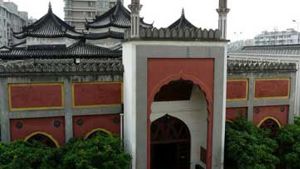
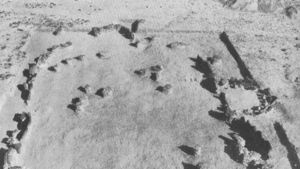
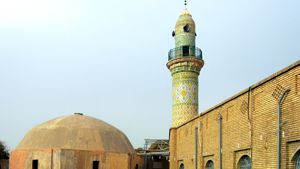
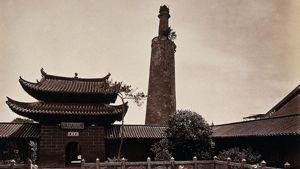
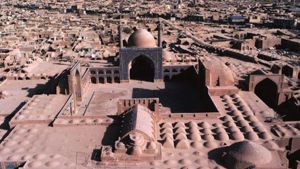
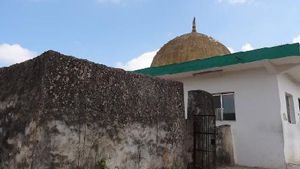
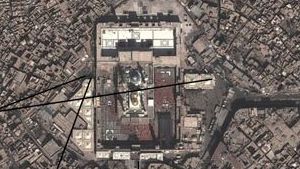
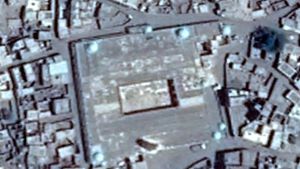
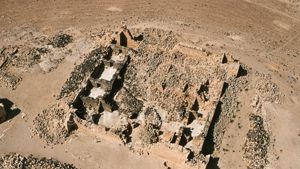
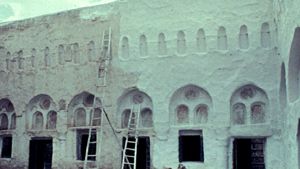
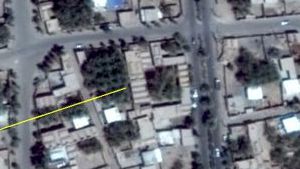
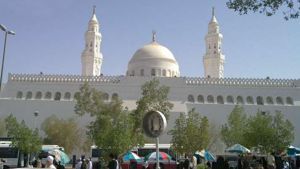
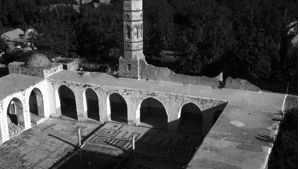
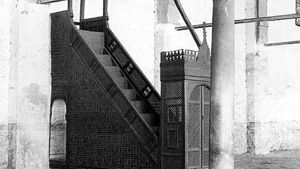
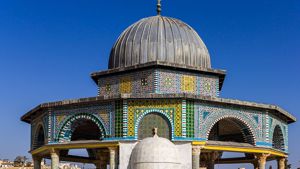
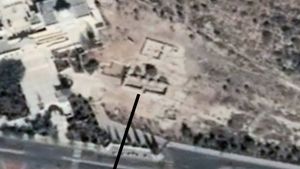
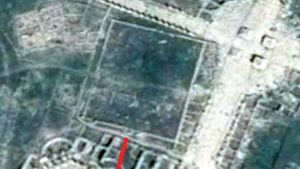
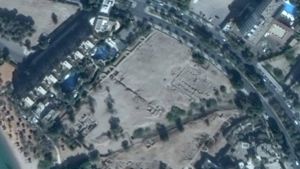
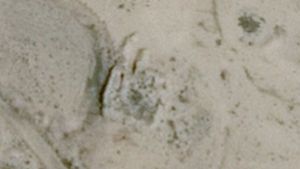
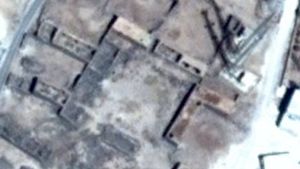
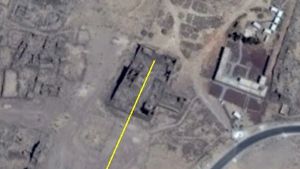
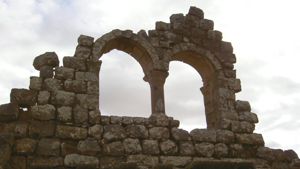
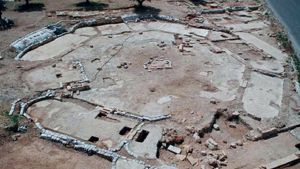
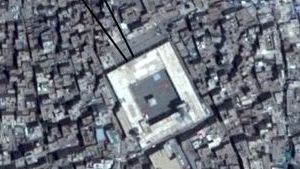
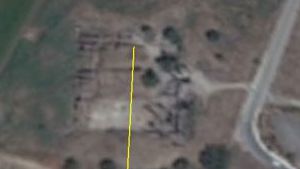
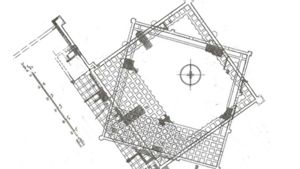
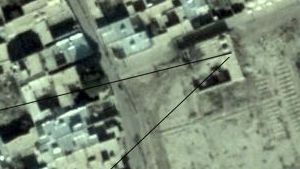
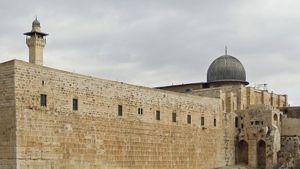
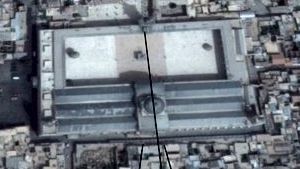
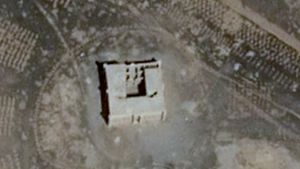
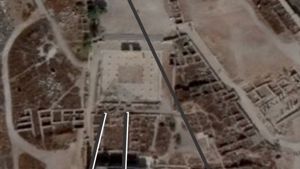
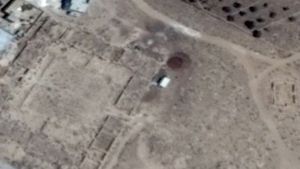
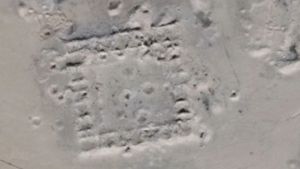
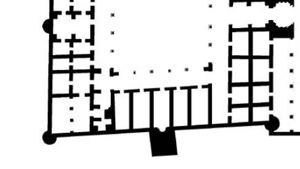

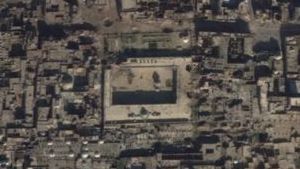
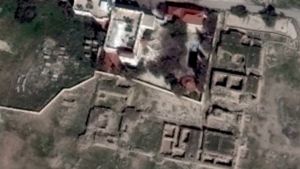
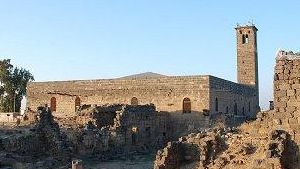
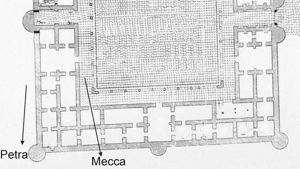
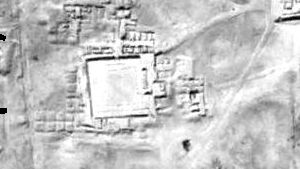
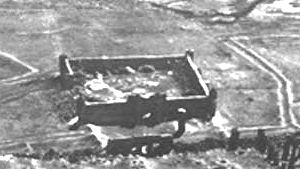
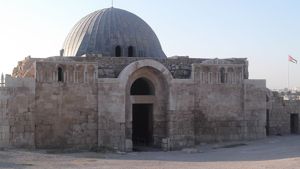
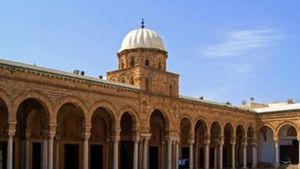
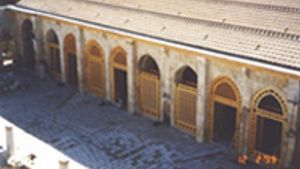
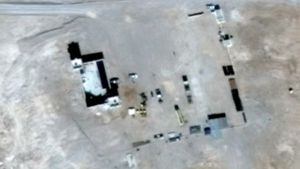
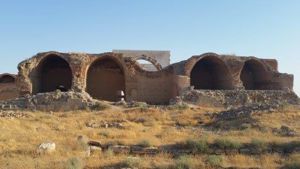
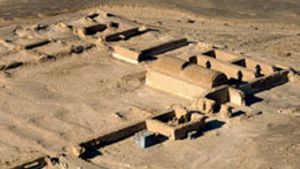
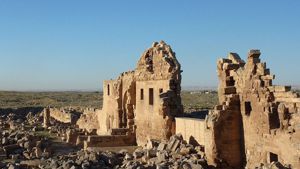
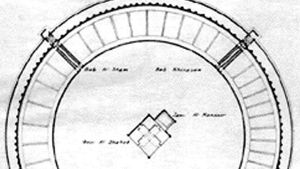
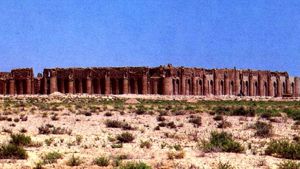
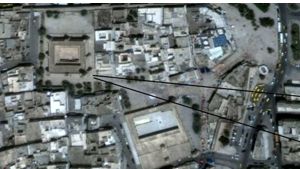
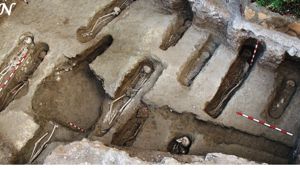
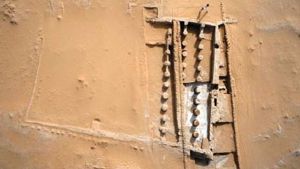
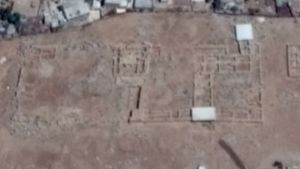
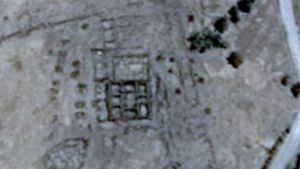
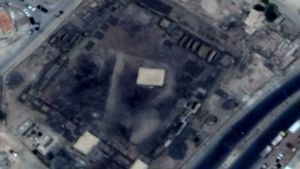
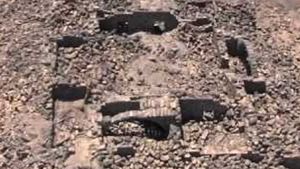
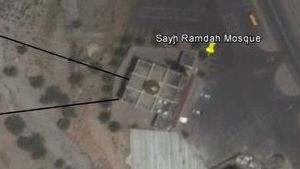
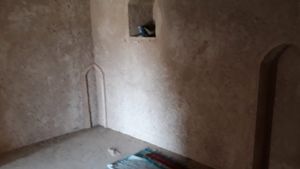
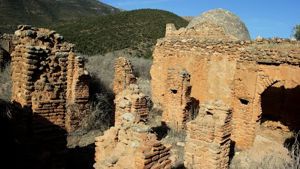
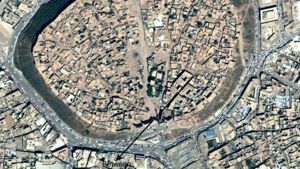
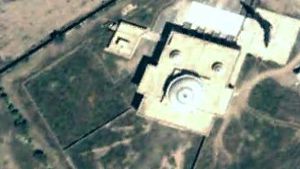
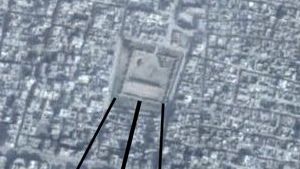
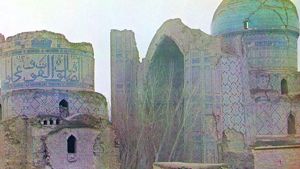
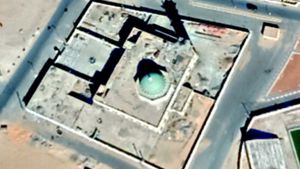
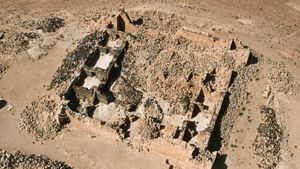
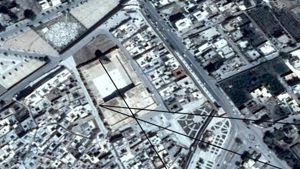
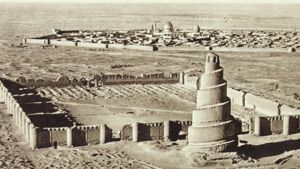
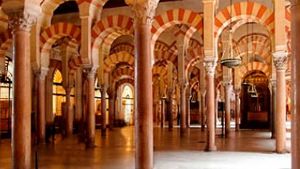
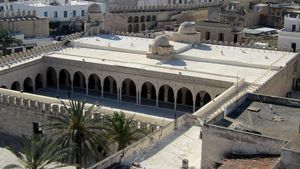
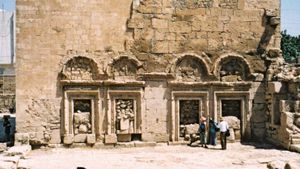
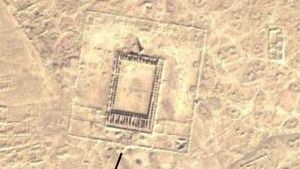
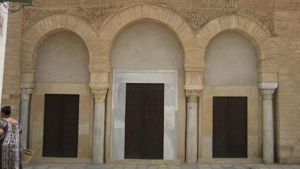
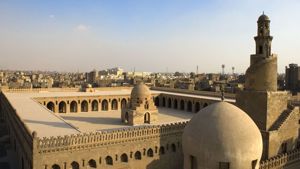

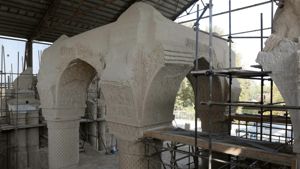
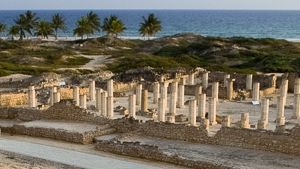
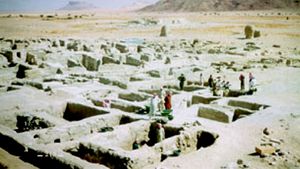
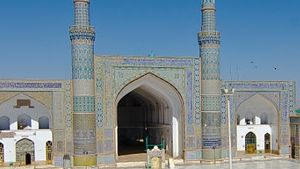
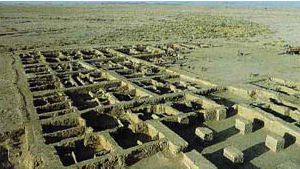
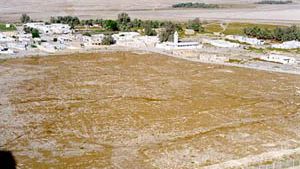
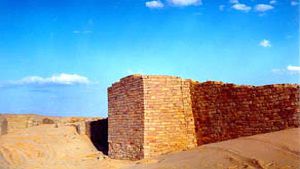
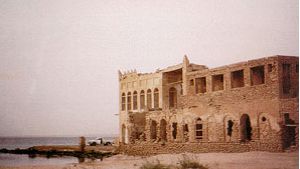
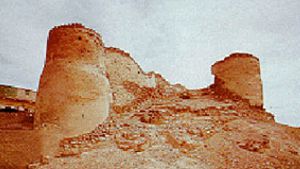
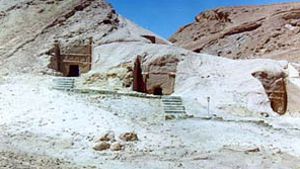
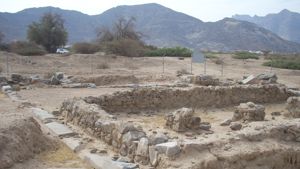
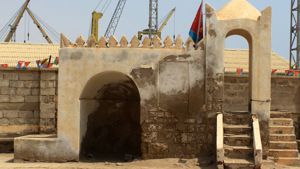
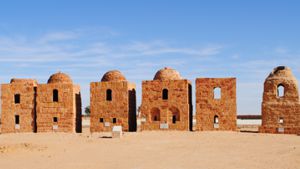
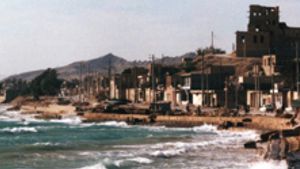
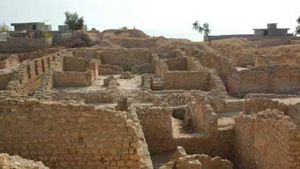
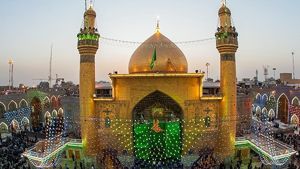
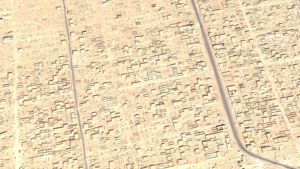
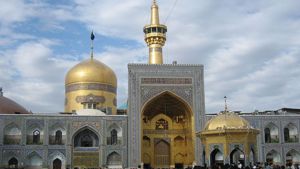
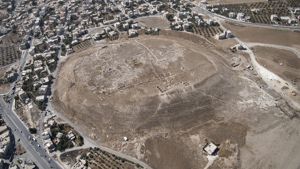
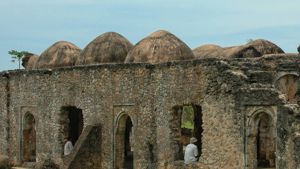
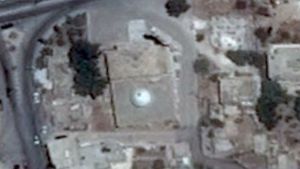
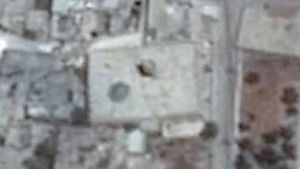
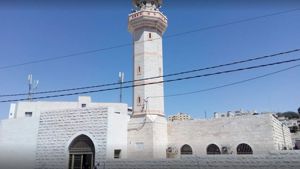
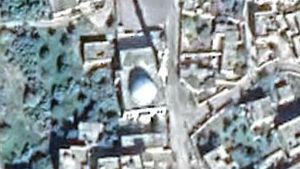
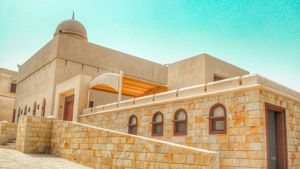
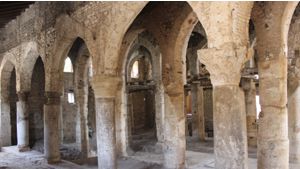
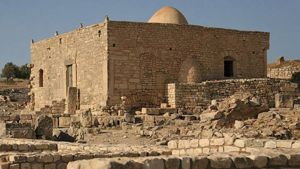
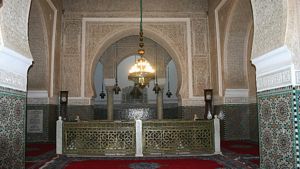
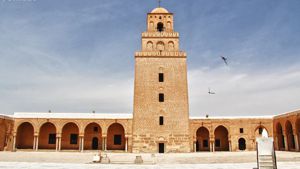
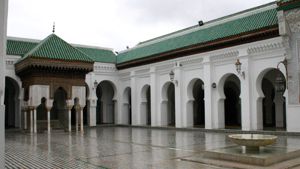

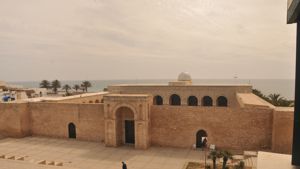
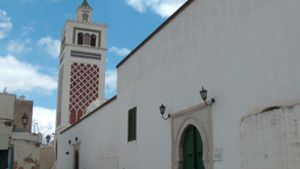
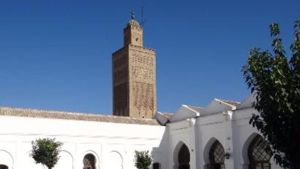
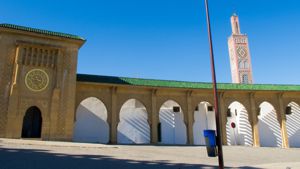
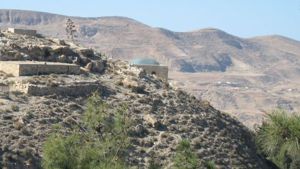
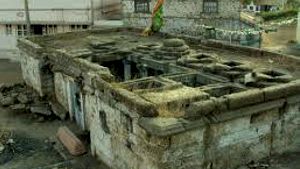
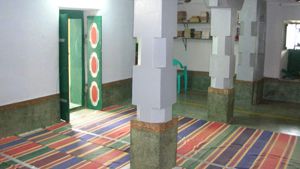
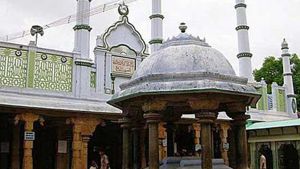
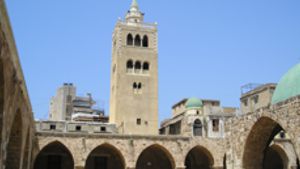
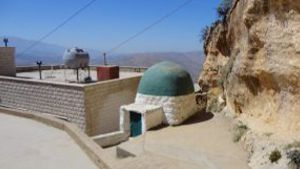
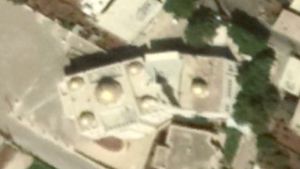
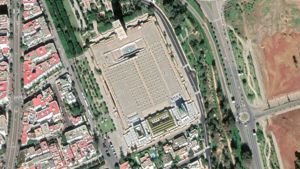
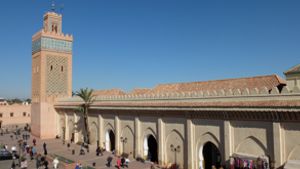
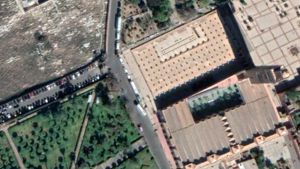
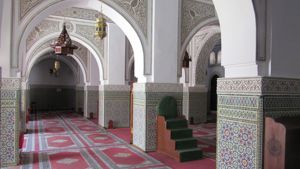
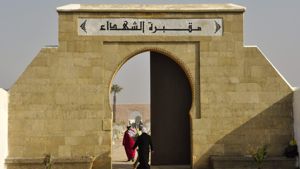
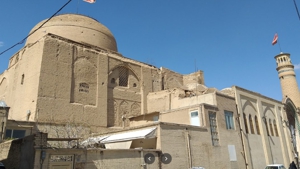
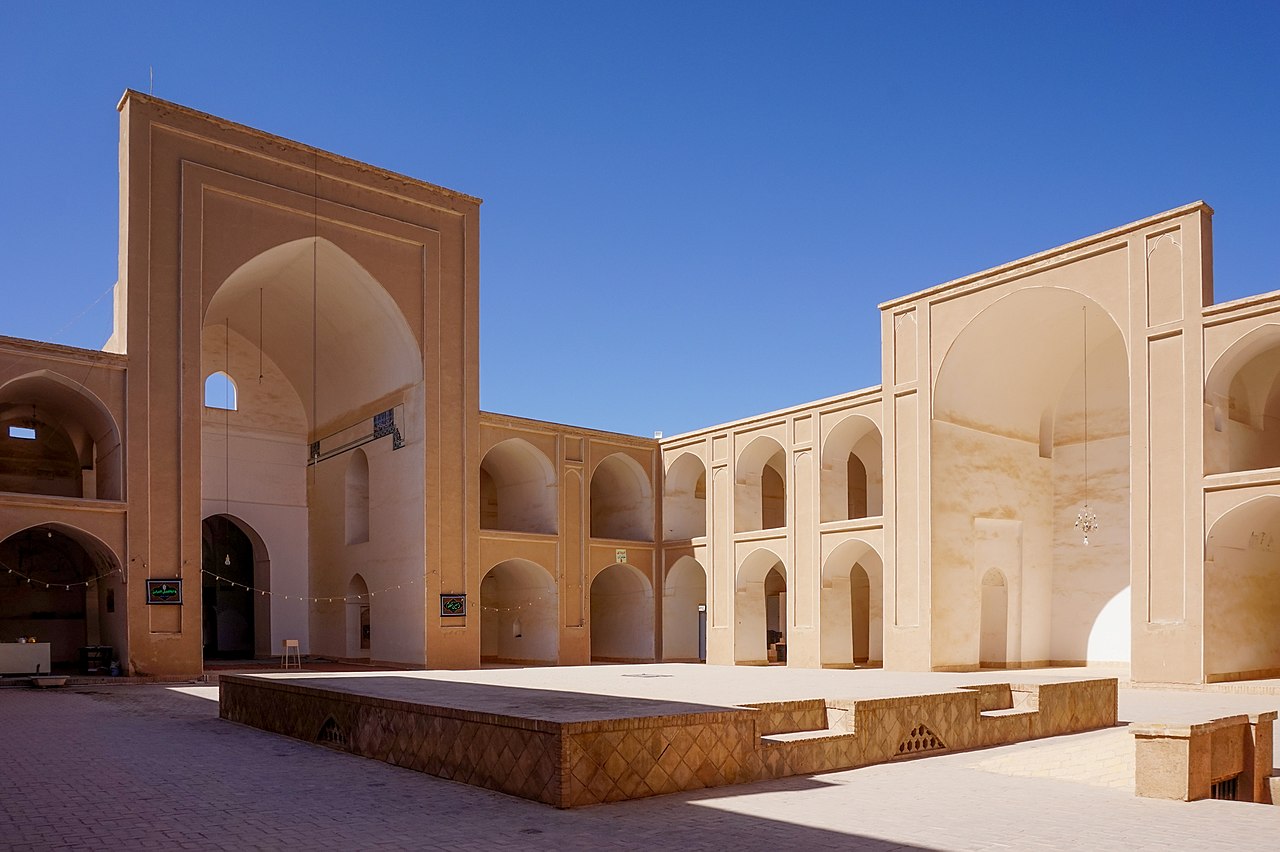
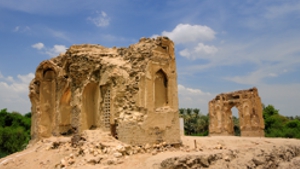
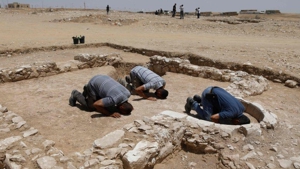
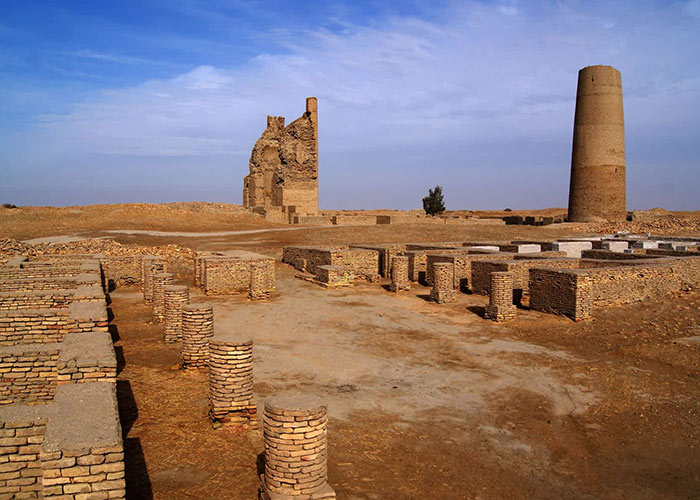
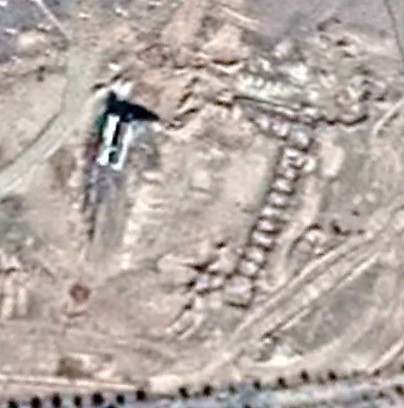

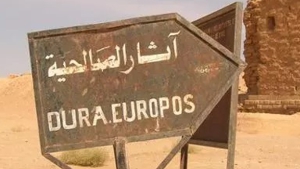
Page Discussion
Membership is required to comment. Membership is free of charge and available to everyone over the age of 16. Just click SignUp, or make a comment below. You will need a user name and a password. The system will automatically send a code to your email address. It should arrive in a few minutes. Enter the code, and you are finished.
Members who post adverts or use inappropriate language or make disrespectful comments will have their membership removed and be barred from the site. By becoming a member you agree to our Terms of Use and our Privacy, Cookies & Ad Policies. Remember that we will never, under any circumstances, sell or give your email address or private information to anyone unless required by law. Please keep your comments on topic. Thanks!